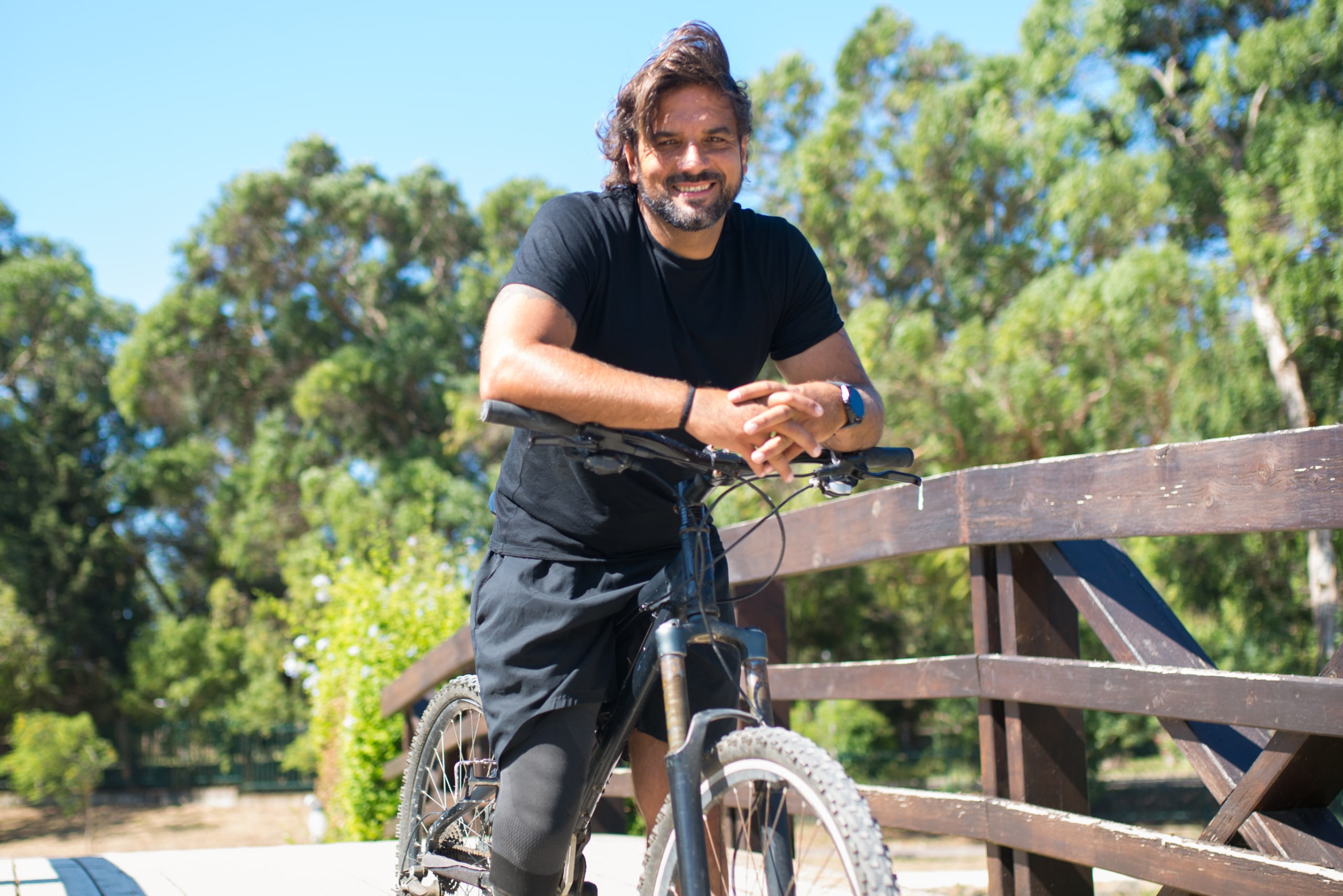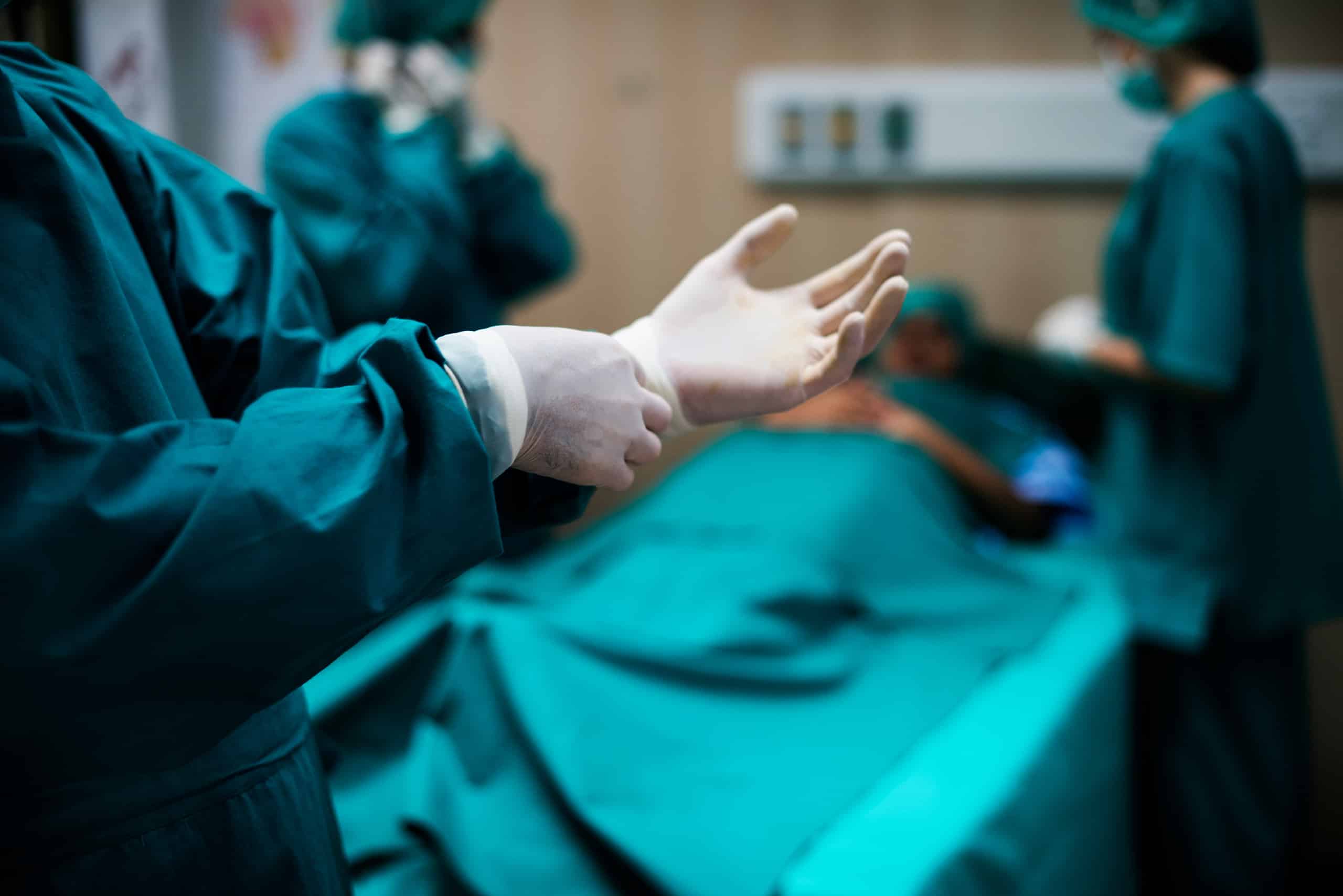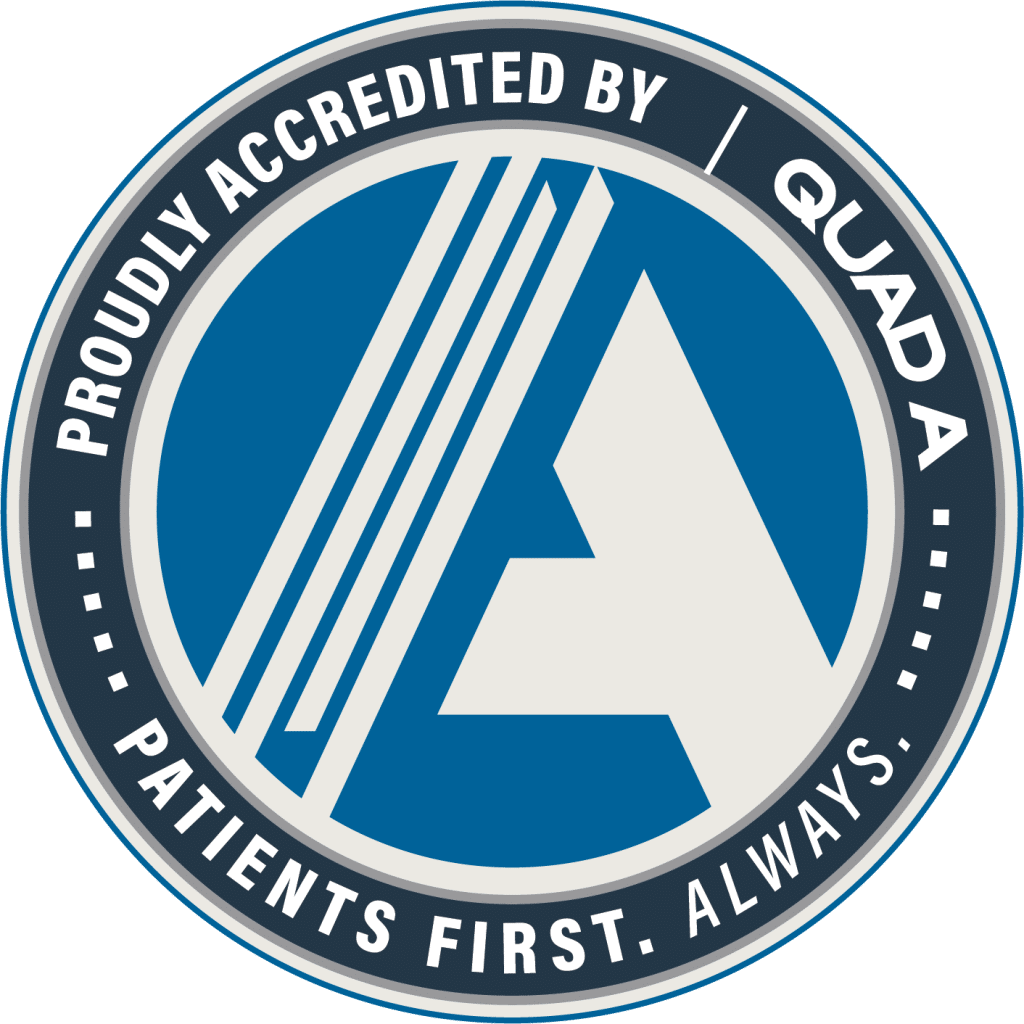At Vascular Care Specialists of Los Angeles, we know how unsettling it can be to hear the word "aneurysm." It’s not just a medical term—it’s something that can feel overwhelming and scary when it affects you or someone you love. But you’re not alone, and we’re here to help every step of the way....
Aortic Aneurysm Specialist Near Me | Aneurysm Treatment Los Angeles
Top Vascular Experts Treating Aneurysms with Compassion
At Vascular and Cardiovascular Specialists of Los Angeles, we provide trusted care for patients searching for an aortic aneurysm specialist near me. Our experienced surgeons specialize in advanced aneurysm treatment Los Angeles residents depend on for long-term health. Whether you're managing symptoms or pursuing preventative screening, our center is dedicated to helping you through expert diagnosis, treatment, and follow-up.
Advanced Solutions for Complex Vascular Conditions
Our aneurysm clinic in Los Angeles is equipped to handle a full spectrum of aneurysmal diseases, from abdominal to thoracic and brain aneurysms. Our specialists use the latest non-invasive imaging, surgical interventions, and coiling procedures to support your recovery. If you're exploring options, know that our vascular specialist for aneurysm near me works closely with each patient to determine the best treatment path. We also offer second opinions, neurosurgery consultations, and disease management plans tailored to your condition.
Personalized Care for Your Aneurysm Journey
Understanding aneurysms is the first step to healing. An aortic aneurysm is a ballooning of the aorta that, if untreated, can rupture and cause severe internal bleeding. At our clinic, we detect aneurysms early and provide custom care plans. With over a decade of treating aneurysm clinic in Los Angeles cases, we’ve built a reputation for reliable, compassionate care. We treat aneurysm disorders with a multidisciplinary approach involving neurosurgery, vascular surgery, and lifestyle medicine. Our doctors focus on your unique health profile, co-morbid conditions, and family history.
Every aneurysm treatment Los Angeles plan includes careful tracking of symptoms, routine check-ups, and lifestyle recommendations. If surgical intervention is required, we offer minimally invasive repair techniques that reduce recovery time and post-op discomfort. These include endovascular aneurysm repair (EVAR), stent grafting, and brain aneurysm coiling for eligible patients. We also provide care for related conditions like cerebral aneurysm, arterial disease, and complications involving blood disorders.
Our care extends beyond surgery. We prioritize preventative care, early detection, and education for patients and families. Our aneurysm specialist near me team works with you to manage the symptoms of aneurysm-related diseases and reduce future risk. We address common causes such as high blood pressure, smoking, genetic disorders, and blood vessel deterioration. Through detailed vascular assessments and a patient-first approach, we offer peace of mind from diagnosis to recovery.
If you’re experiencing symptoms like chest pain, dizziness, or have a family history of aneurysms, now is the time to consult a vascular specialist for aneurysm near me. Our staff has successfully treated thousands of aneurysms, empowering patients with information and solutions. We work closely with each patient to provide personalized treatment plans, using advanced diagnostics and evidence-based therapies. Our clinic is also a trusted destination for coiling treatment and aneurysm doctors specializing in both elective and emergency care.
Located in Los Angeles, we serve patients throughout the city and Southern California. Our clinic is accessible, welcoming, and designed for comfort during every visit. As a leading center for aneurysm care, we help patients navigate their health journey with confidence. Our services also cover related conditions such as arterial disease, blood circulation disorders, and symptoms caused by aneurysms or brain aneurysms. Whether you need a screening or a second opinion, our specialists are ready to support your care at every stage.
Don't wait until symptoms worsen. Schedule a consultation with a top-rated aortic aneurysm specialist near me today and begin your path to healing. Let our experienced team of vascular surgeons, aneurysm doctors, and dedicated staff help you achieve long-term vascular wellness.


At Vascular Care Specialists of Los Angeles, our multidisciplinary team is dedicated to providing personalized care, utilizing advanced diagnostic tools and treatment modalities to manage aneurysm disease effectively.
Palpation of the abdomen to detect pulsating masses indicative of AAA.
Ultrasound, Computed Tomography (CT) Scan, Magnetic Resonance Imaging (MRI).
This non-invasive and painless procedure uses an ultrasound to detect enlargement of the main blood vessels in the abdomen as well as other parts of the body. It is recommended for patients who have smoked or have a family history of aneurysms. It helps identify potential AAA early, before they become life threatening.
Treatment Options
We offer a range of personalized treatments to address Aortic aneurysms, including:

01
Regular surveillance with periodic imaging to monitor for changes in size or symptoms.

02
Involves replacing the affected aorta segment with a synthetic graft.

03
Maintaining optimal blood pressure to reduce stress on the arterial wall.

04
A minimally invasive procedure to reinforce the vessel wall.
Aneurysms often develop without noticeable symptoms, earning them the moniker “silent killers.” However, as they enlarge, certain signs may emerge:
Risk Factors
Several factors can elevate the risk of developing an aneurysm:
- Age
- Smoking
- High Blood Pressure
- Gender
- Genetic Conditions
- Family History
Symptoms
Abdominal Aortic Aneurysm (AAA)
- A pulsating sensation near the navel.
- Deep, constant pain in the abdomen or side.
- Back pain.
Thoracic Aortic Aneurysm (TAA)
- Chest pain, particularly when supine.
- Shortness of breath.
- Coughing or hoarseness.
The team at VCSLA is incredible! They took the time to explain my treatment options and made me feel completely comfortable. I’m grateful for their expertise and compassionate care.
Mei Saeng
Beverly Hills, CA
Dr. Cheung and Dr. Lin are truly experts. They guided me through every step of my procedure, and the results have been life-changing. I feel healthier and more confident than ever!
Michael Thompson
Anaheim, CA
From the first consultation to my follow-up appointments, the entire experience at VCSLA has been exceptional. The staff is attentive, and the doctors genuinely care about their patients.
Cynthia Gutiérrez
La Jolla, CA
Our commitment to excellence in vascular health is backed by our team’s extensive credentials, advanced treatment options, and a proven history of successful outcomes. From state-of-the-art technologies to compassionate, personalized care, we prioritize your well-being at every step of the journey.
- Board-certified specialists with decades of combined experience in vascular care.
- Proven success stories with patients experiencing improved mobility, faster healing, and better quality of life.
- Cutting-edge diagnostic and treatment technologies tailored to your specific needs.

Our expert team is here to provide personalized care and advanced treatment options tailored to your unique needs.
Schedule your consultation today and take the first step toward better vascular health.